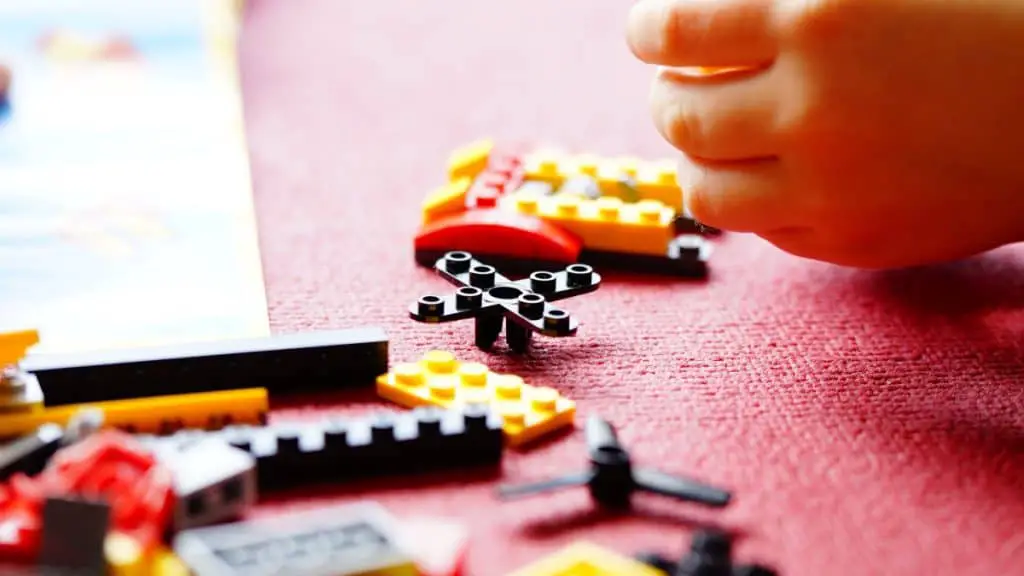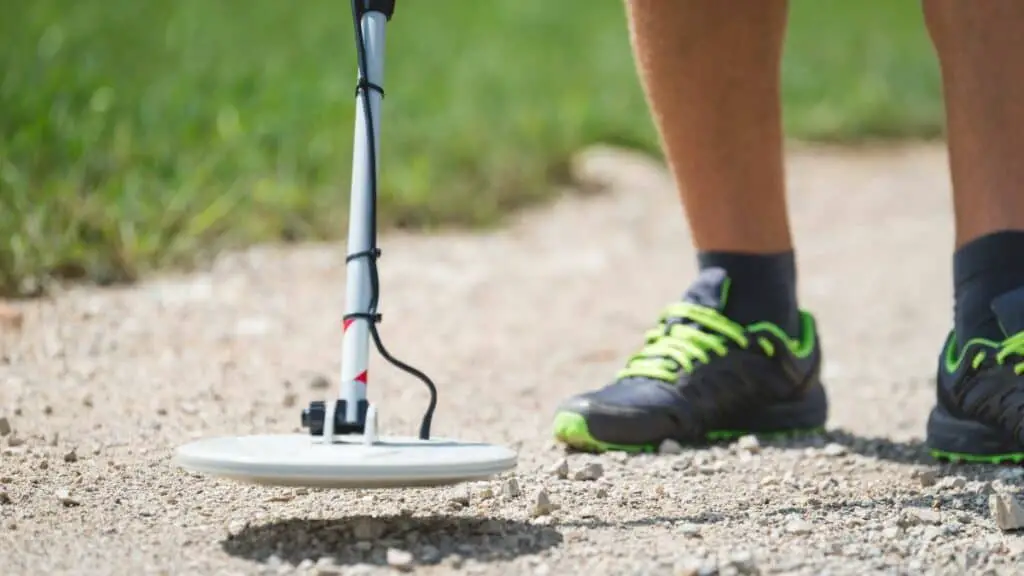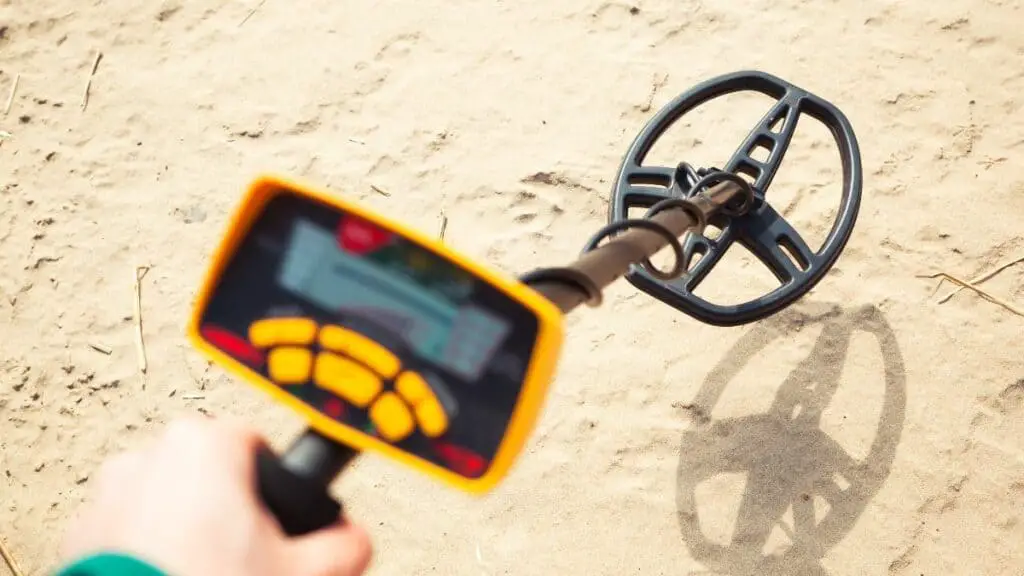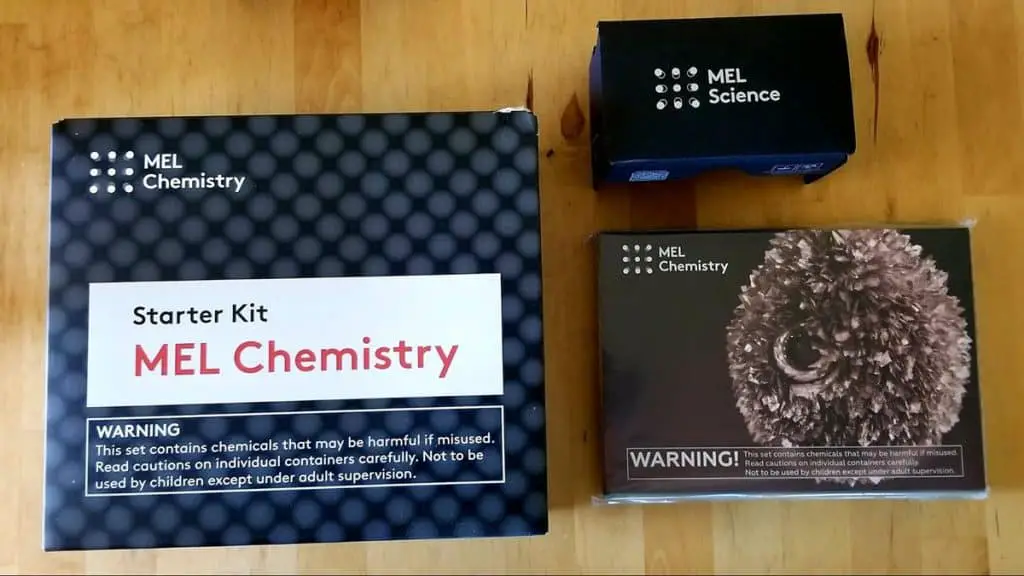Top 5 Algebra Math Projects — Ideas for Middle and High School [Customizable for ANY Age!]
Are your students still struggling with algebra? Are the teaching methods from 10 years ago making a difference?
Or maybe you are a parent of a kid tormented by numbers and symbols. (Or the kid themselves!)
Wherever you are standing, algebra shouldn’t be the bane of your existence.
A pinch of creativity coupled with attention to detail can turn your freight to delight or improve your student’s comprehension of previously founded algebra concepts. If this is you or your situation ‘jotted down’ in words, stick around to discover 5 of the best algebra math activities to light up your way to excellence.
Algebra Projects for Middle School
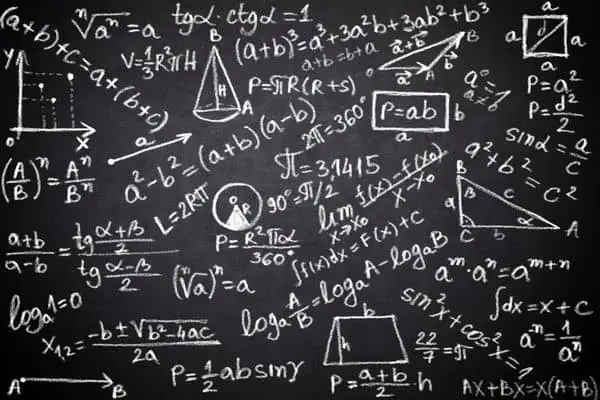
Jungle Run – Quadratic Equations
The simplest way to define algebra is where letters meet numbers to solve the unknown. Real-life problems possibly drove the conception of algebra.
Believe it or not, the applications of quadratic equations are innumerable, though not so obvious. In this algebra project for middle school, your students get to interact with quadratic equations as they traverse their way through a forest with traps and treasures.
This presents a very good opportunity to teach the quadratic formula to solve quadratic equations.
Algebra is derived from the Arabic word ‘Al-jabr’ which means the union of broken parts
What you’ll need
Since this is an outdoor activity, you won’t need much.
- Different colored pieces of chalk.
- Buckets.
- Pieces of paper.
- Red, blue, and green balls.
- A large pavemented area.
What to do
- Draw a large complex jungle with crisscrossing paths all over the work area.
- Make sure most of the paths lead to the “safe haven” and some of them lead to “pits”, which are dead ends.
- At every Y junction where a path branches into two paths, place a piece of paper with a quadratic equation.
- Randomly place the buckets covering either balls or notes or nothing all over the jungle.
- Mark each path with a number that represents one of the solutions of the quadratic equation and covers them up.
Activity
Just like in a treasure hunt, your participants go through the jungle as they collect treasures on a timer all the way to the destination, a “safe heaven”. Sounds easy, right?
Here’s the catch. On every path, there are buckets.
Each bucket covers either a ball or a note. The notes have messages, “traps”, that dictate how you proceed. You can make this fun by including fun traps such as “Go to start” or “lose 3 points”.
The goal of each player is to collect as many treasures as possible. On the Y junctions, the two values calculated from the quadratic equations are used to make a decision on which path to follow.
How to play
Split the class into teams. Each team selects a member who would go into the jungle. As they walk through the jungle, they ask their team members to solve the equations and give out the answer.
The answer is first verified by you if correct for the player to proceed with picking one path. If at all the answers given are wrong, the round goes on to the next team to try and solve the equation for extra points.
Points earned are weighted on the number of equations solved and the color of the treasures collected.
Ladders and Slides – Linear Equations
In the video below, you can see one variation of this game for elementary schoolers.
But the good news is, the activity is readily adaptable for any age, as I’ll show below! And it can be practiced without dice.
When dealing with middle school kids, you need to make sure you’re meeting the rigor where needed to ensure each activity is worthwhile. This requires that you be careful when teaching them how to solve linear equations.
Lucky for you, this activity gives you a fun and simple way to accomplish just that.
Give your students an awesome demonstration of what they know using this fun and engaging board game activity as they find their way around linear equations.
This one is so low-prep you could do it even on a surprise sub day!
What you’ll need
- A large piece of paper.
- A pen.
- A ruler.
What to do
Make grids on the large piece of paper from 0 to 100 where 0 represents the “start” and 100 represents the “finish”.
Connect random grids with ladders and slides. For example, you can draw a ladder from 11 to 23 or a slide from 12 to 17.
How to play
The game is simple. To play the game, instead of using a die, you’ll use a key of linear equations. The participant guesses a random number between 0 and 100, then they solve an equation corresponding to the number.
The value of x in the equation becomes the number of moves the player makes on the board for correct entries.
All the solved equations are crossed from the key.
If you land on a grid with a ladder, you climb the ladder to the grid at the top of the ladder. If you land on a slide, you slide down to the grid beneath the slide.
You can’t go down a ladder and neither can you go up a slide.
Algebra Math Projects for High School
Sink My Math Ship – Algebra Trivia

Remember playing Battleship as a kid? The unmatched excitement that came from sinking your partner’s hidden ships was quite the thrill, wasn’t it?
Even if you didn’t play it, this unique twist on the game is sure to be fun and exhilarating as your students embark on a quest to sink each other’s math ships by solving math problems. The good thing about this algebra 2 math project is that you can creatively modify it to suit any math concept depending on your students’ level.
What you’ll need
- Masking tape.
- Large manilla papers – preferably of different colors.
- 4 bells.
- A pair of scissors.
- Marker pen.
Activity
In classic battleship, the main idea is to hide your ships from your opponents as much as you can as you also launch attacks targeting their hidden ships.
The fun comes from trying to guess where your opponents’ ships are and sinking them.
Accurate guesses are counted as ‘HITS’ while wrong guesses are tallied as ‘MISSES’.
For every hit, a ship sinks. The player with the highest number of sinks wins the game.
What to do
- Split the class into 5 groups and let each team choose a team name and a color.
- Draw ships on the manilla papers and color them according to the team colors.
- Using the pair of scissors, cut out the ships and hand them to their respective teams.
- Each team should have at least 5 ships.
- Draw a large 10 x 10 matrix on the board.
- Set up 4 tables at the back of the class or auditorium with the bells on top of each.
- Prepare 100 algebra problems for each grid. (This is where the internet becomes your closest friend).
- Each team takes turns to secretly pick 5 random numbers that correspond to the location they’d wish to hide their ships.
- Place each team’s ship using the masking tape to the grids they selected. Make sure no team knows the location of any other team’s ships.
- Cover each grid with a square piece of manilla paper using the masking tape.
How to play
The setup very much resembles the conventional trivia for the selection of who takes the guess. You can ask simple BODMAS questions to start the game rounds.
Whoever rings the bell first takes the guess for their team.
Upon guessing a grid, you then proceed to unveil the algebra problem that is associated with the grid. The team members then work together to solve the problem. Three things can happen on each team turn:
- If there is an opponent’s ship on the grid and the answer given is correct, the team scores 3 points and the ship sinks. The grid is then crossed from available grids.
- If there is no ship on the grid and the answer given is correct, the team scores 1 point. The grid is also crossed from the available grid.
- If the answer given is wrong, the team scores zero points, and no grid is crossed.
You can introduce a timer to make the experience more thrilling. You can always introduce topics such as complex numbers, polynomial factorization, and exponential models.
Did you know that algebra dates back to 1900 BC when it was first used by the Babylonians to solve life problems?
What’s the Word – Graphing Equations
Equations are one of the cornerstones of modern science as they give relationships between variables. Plotting them hence becomes very important in studying such relationships to make decisions or predictions of certain outcomes.
There are many algebra projects out there that address a variety of skills such as simplifying equations and plotting graphs. This one is my favorite pre-algebra math projects as it encompasses both, giving a taste of both worlds.
Equip your budding scientists with the mastery of plotting graphs of equations involving linear polynomials and exponential functions with this math project for high school algebra.
What you’ll need
- Pieces of paper.
- A pen.
What to do
This project is simple to perform making it a very suitable class time activity.
- Generate short words – about 10 or so. (Or just use one of many random word generators available online.)
- Here’s the tricky part. Plot graphs of pairs of equations and note where they intersect.
- On a single cartesian plane, look for intersections that can be easily counted from left to right.
- Note the pairs of equations that make those intersections and award them letters (this means that you’ll have to come up with four pairs for a four-letter word).
- Note down the words and their corresponding pairs of equations.
How to play
Assuming your magic word is “DICE”, you start out by handing out the pair of equations for each letter in the word in random order.
The participants then compete to draw the graphs of the equations on a piece of paper. You can put a timer to make it more competitive.
Upon completion, you can for a brief moment write down the letters for each pair. Their task is to let them figure out which intersection belongs to which letter and come up with the word represented on the graph.
The first team to correctly identify the word in question wins the round. This gives them a firm grip on plotting graphs of equations.
You can always include awards for motivation. This can be an interesting way of easing the fear of equations.
Outside the Wire – Inequalities
To perfectly identify the locations of valid regions of a variable on either a number line or a 2D space like the cartesian plane, inequalities become very important.
At the high school level, introducing new concepts in math is relatively easier compared to lower levels. But remember at this stage also, focus can be a major problem with math as it could already be a nightmare for most teenagers.
Outside the wire brings a unique cheer to the class as your address inequalities and plot graphs of systems of inequality equations.
You can best use this activity in remedial classes for students struggling with inequalities.
What you’ll need
- A piece of paper.
- A pen.
- A graph paper.
What to do
You will first have to come up with a system of inequality equations. Write them down on a piece of paper.
Then draw the cartesian plane on graph paper and plot random points on it.
The participant’s task is to guess which points will fall outside the wire (outside the unshaded region of the graph).
Then, ask them to plot the graphs of the inequalities. They can get points for every correct guess.
At the end of the activity, they should have learned how to properly plot graphs of inequalities and interpret which values of x and y lie in the wanted region.
Frequently Asked Questions
What are the four types of algebra?
Algebra is categorized into 5 smaller branches including linear algebra, abstract algebra, elementary algebra, commutative algebra, and advanced algebra.
What are some math projects?
There’s a variety of math projects addressing different topics that you can try out on your own. Some interesting math activities include math bingo, math hopscotch, and sink my math ship which can be pretty interesting.



